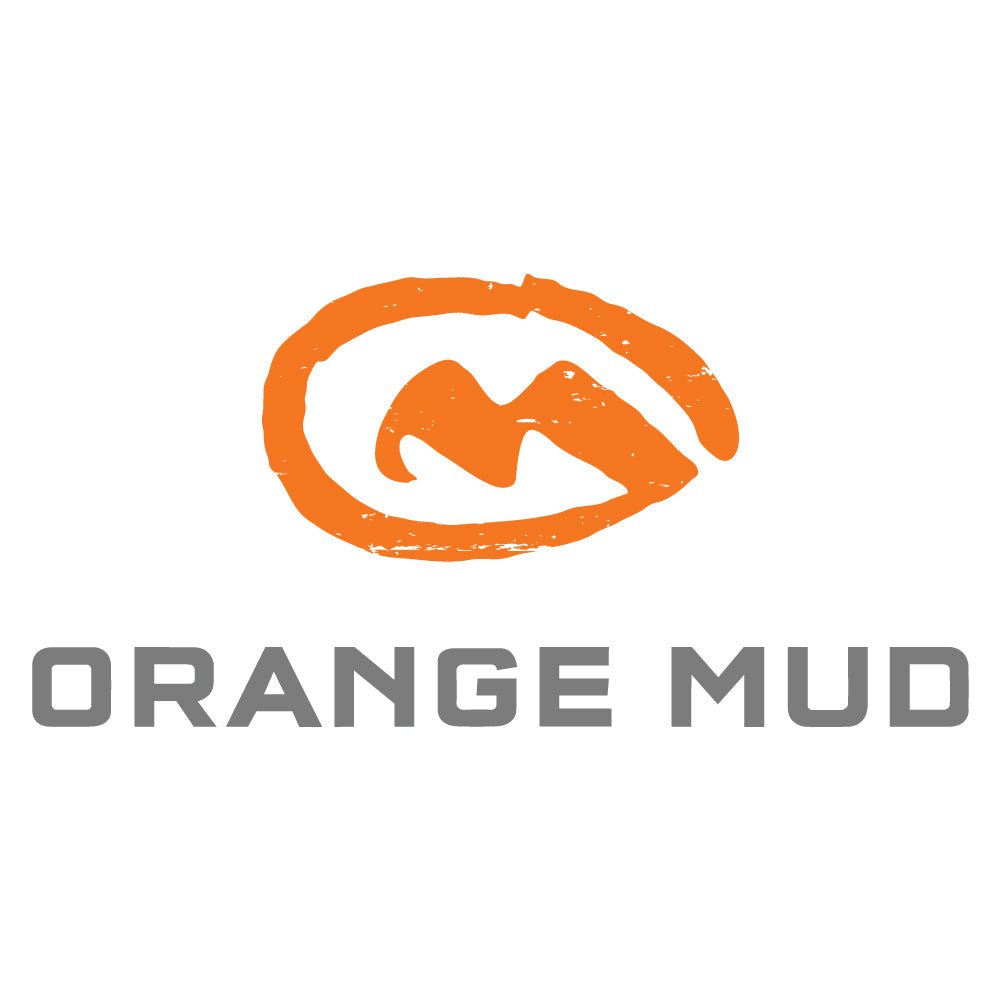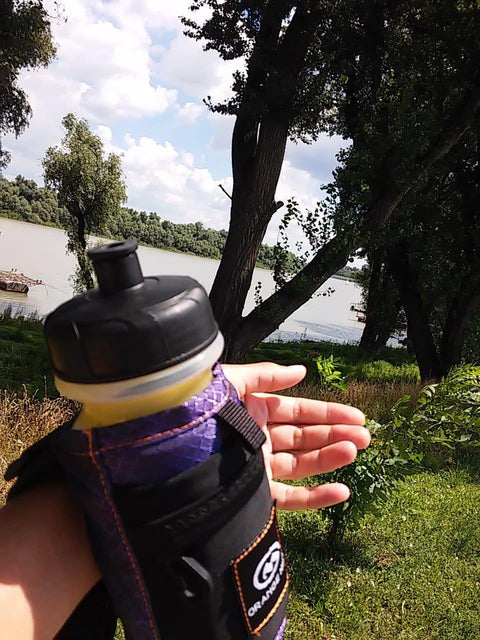The title of this blog series is a nod to both the Long, Slow Distance (LSD) of some training, but also to the fact that for many of us, running is to a certain degree a do-it-yourself (i.e. individual) endeavor: from selecting the right running shoe, to determining nutrition.
I like to think that I can figure out how to run efficiently by learning to listen to myself, as opposed to only copying what someone in a video does. Sometimes, first checking there are no obstructions, I close my eyes when I run to pay attention to balance and breathing. I find running to be an enlightening activity, like yoga is for so many. Yoga helped cure me of asthma in the 80’s, but I feel running to be close to the core of who I am. It’s up to us to figure out what works for a power of one to “get it done”.
Life can be viewed as a do-it-yourself endeavor, despite all of the modernizing sophistry of paving roads smooth and talk of reaching “tomorrow’s world” – though I sometimes think that I am missing out on the magic formula to reach that world. It seems like there’s a divide between the smooth roads and promises of tomorrow and my actual lived experience, which is bumpy. In fact I’d add that one of the most useful things I’ve learned is to take life one day at a time, and try to avoid plans for days that have yet to arrive.
Runners are forced to accept rough surfaces and uncertainties, whether because of injury, training plans that don’t deliver, general idiosyncrasies, or etc. I think that runners are also aware that what works for one person doesn’t work for another – like in the example of how some prefer the Orange Mud HydraQuiver Double Barrel without the Vest Pack. Another example could be how different training techniques work for different people.
I was so impressed when I read in What I Talk About When I Talk About Running, Murakami writes that he never warms up. I was in awe at his courage for admitting something that goes against the credo in all the running magazines: of warming up before AND after exercise. I also felt vindicated because I’ve found that when I run about 60mi/week, I am better off stretching before and not after a run. I use the dynamic stretches from Marathon Nation’s “15 Minutes a Day to Stop Getting Injured and Start Getting Loose”.After my runs, I usually take a walk around the block, but rarely do anything more, because I’ve found post-run stiffness goes away and flexibility returns faster when I leave my body alone.
The great thing about distance running is that it brings us face-to-face with ourselves. But any sensitive soul knows that already. In fact, the cryptic message above the ‘entrance’ at the Temple of Delphi in ancient Greece cautions: gnothi seauton – know thyself. And know ourselves, we will need to, like when we learn to crack jokes with ourselves when the going gets tough: remembering to remember what will help when we are too tired to think.
There are so many ways we do-it-ourselves as we get distance done. But if you are looking for practical hydration advice for early miles, I can recommend giving the Orange Mud Handheld a try, even if you think it is too hard to carry water that way. I myself doubted that I’d manage but I did, and even came to love it. In fact, I find it so easy to carry that I sometimes bring it to work – where Orange Mud works for me.
Guest post by GG, from Serbia. Thanks Greta!

